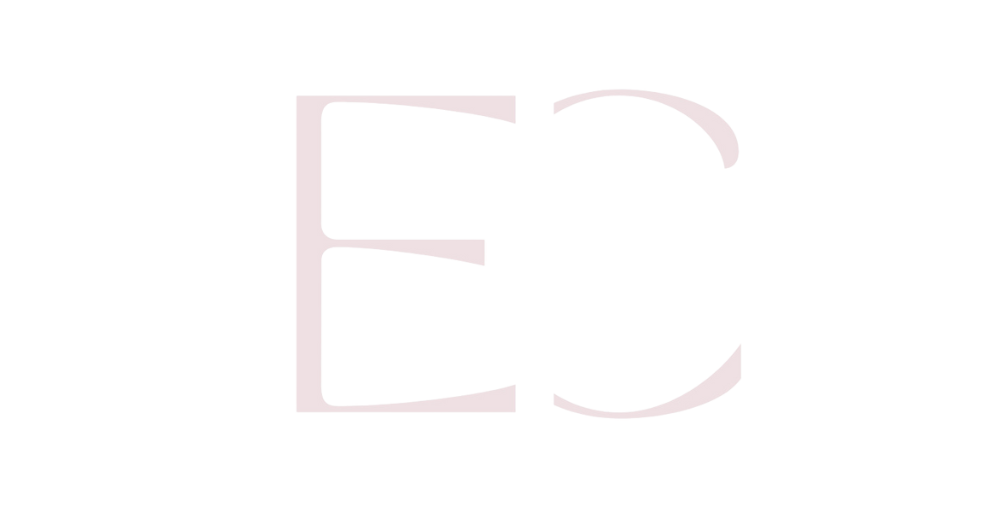ESPACE CANNELLE

Fit, Sizing & Tailoring Hub
-
Fit Sizing and Tailoring Hub
- Introduction: The Architecture of Fit
- Global Sizing Systems and Conversions
- Measuring the Body: Precision Over Guesswork
- Fit Philosophy by Category
- Brand and Regional Fit Personalities
- Specialty Fit Guides
- Tailoring and Alteration Mastery
- Styling by Proportion
- Care Maintenance and Long Term Fit Preservation
- Conclusion: The Confidence of Fit
Styling by Proportion
The Visual Architecture of Balance
True style is not about size or trend, it’s about proportion.
The most flattering outfits are not necessarily the tightest or the most elaborate; they are the ones that balance. Proportion controls perception, it determines whether an ensemble feels deliberate or accidental, graceful or overwhelming.
In high fashion, designers think in geometry: thirds, lines, and volume. Once you learn to see as they do, you begin to wear clothes like architecture, constructed, intentional, alive.
The Rule of Thirds
Every balanced silhouette respects the principle of thirds, the same visual rule that guides painting and architecture.
Dividing the body vertically into three parts creates harmony. When clothing interrupts this balance, it feels “off,” even if you can’t explain why.
Classic examples:
- A high-waisted trouser with a cropped blouse (1/3 torso, 2/3 leg).
- A midi dress hitting just below the knee (1/3 top, 2/3 bottom).
- A long coat over a short skirt (reversing the visual hierarchy).
Proportion is not fixed, it’s intentional imbalance. Luxury styling plays with contrast while maintaining elegance.
Matching Fabric Drape to Body Structure
The way fabric falls defines silhouette. Light fabrics move with the body; structured fabrics sculpt it. The secret lies in choosing by contrast.
| Body Characteristic | Best Fabric Choices | Effect |
| Angular / Athletic | Fluid silks, soft wools, draped cottons | Adds softness and fluidity |
| Curved / Round | Crisp cotton, structured crepe, firm jersey | Adds definition and clarity |
| Petite / Short | Lightweight weaves, fine wool, matte finish | Creates vertical lift |
| Tall / Elongated | Textured knits, heavier linens | Adds visual grounding |
Tip: The best stylists pair opposites, structure with softness, sheen with matte, density with lightness, to achieve quiet equilibrium.
Silhouette Harmony
A well-composed outfit guides the eye naturally from head to toe.
Each section, shoulder, waist, hip, hem, plays a role in the rhythm of proportion.
- Shoulder Line: Defines power and presence. Broader shoulders create formality; relaxed shoulders signal ease.
- Waistline: The pivot point of the silhouette. High waists elongate legs; low waists emphasize torso.
- Hemline: Controls movement and balance. Long hemlines add gravity; short ones add energy.
- Volume Distribution: Combine slim with wide, fitted tops with wide trousers, oversized knits with pencil skirts.
Think in opposites, not extremes. Great proportion feels spontaneous, but never accidental.
Layering as Architecture
Layering is proportion in motion, the interplay of weight, texture, and line.
When done correctly, it turns practicality into polish.
Guidelines for Elegant Layering
- Vary lengths: Allow at least one visible layer beneath or above another to maintain depth.
- Mix textures: Pair matte with gloss, knit with silk, leather with wool.
- Balance volume: If one piece is oversized, anchor it with something structured.
- Consider edges: Cuffs, collars, and hems should appear intentional, never hidden without purpose.
- Limit palette: Three tones maximum per ensemble keeps layers cohesive.
Layering is how seasoned dressers express nuance, the more effortless it appears, the more deliberate it is.
The Role of Accessories
Accessories are not decoration, they are proportion tools. They can shift balance, draw focus, or lengthen a line.
| Accessory Type | Effect on Proportion |
| Belts | Define or reposition the waistline; break visual monotony. |
| Scarves | Add verticality and texture near the face. |
| Shoes | Control visual “weight”, pointed toes elongate, chunky soles ground. |
| Bags | Contrast scale to silhouette: smaller for volume outfits, structured for fluid ones. |
| Jewelry | Frame focal points (earrings lift, necklaces center, bracelets balance). |
Rule of refinement: One focal accessory is powerful; more than three, and you lose intention.
Photography, Mirrors and Movement
How you see fit depends on perspective.
A mirror captures symmetry; a photograph captures truth. Always test proportions under both. A balanced outfit should move elegantly, maintaining integrity whether sitting, walking, or photographed candidly.
Tip:
Record yourself walking in an outfit you love. You’ll see the rhythm of movement, where the fabric flows, where it resists. That rhythm is proportion in action.
The Language of Presence
Proportion shapes more than appearance, it shapes presence.
A garment that fits and flows correctly commands attention quietly. It signals mastery of detail, confidence without statement. True style doesn’t shout, it aligns.
At Espace Cannelle, we teach clients that elegance is not about more, it’s about measured precision. Every line, seam, and hem has meaning. When proportion is right, so is everything else.
